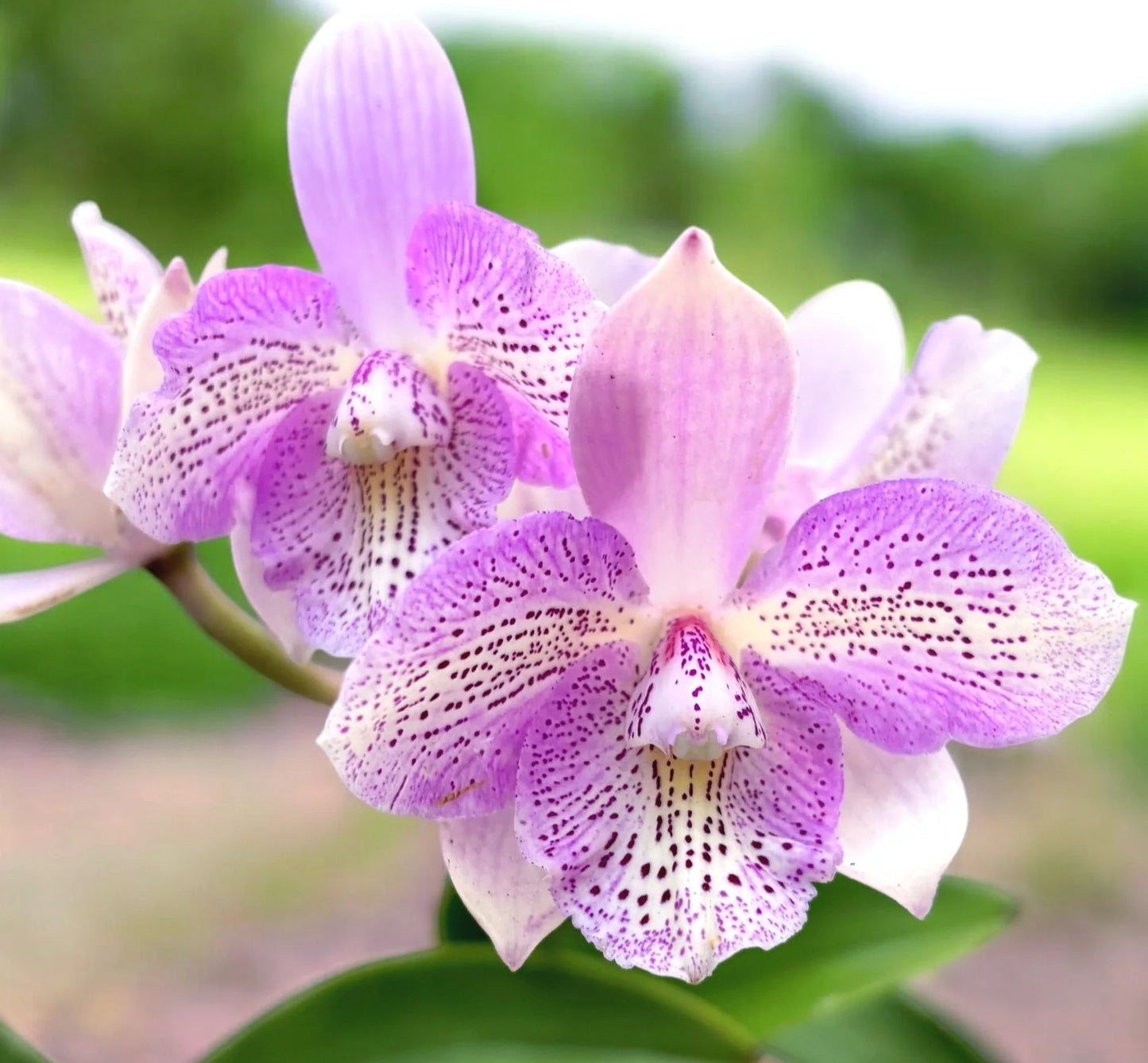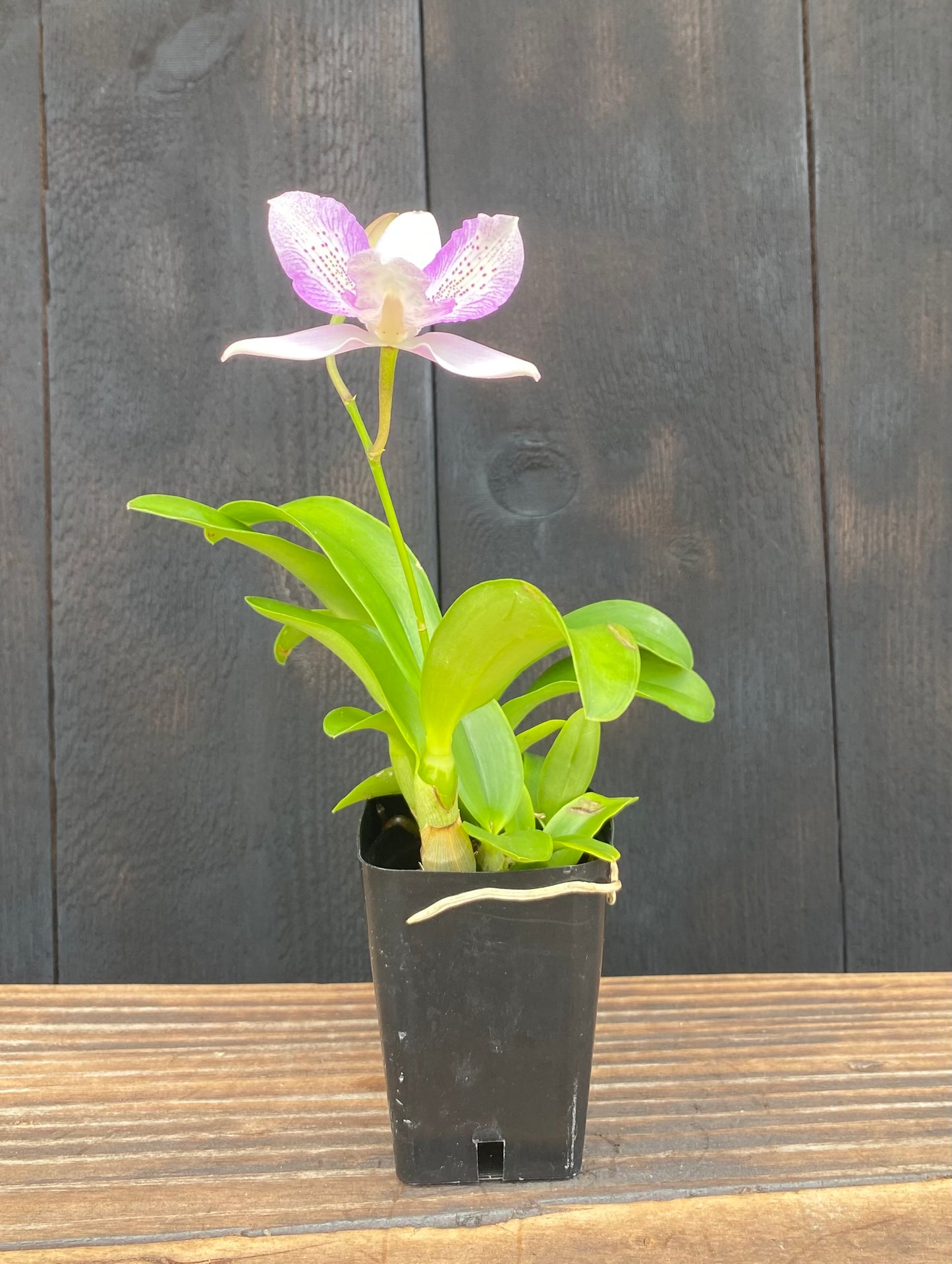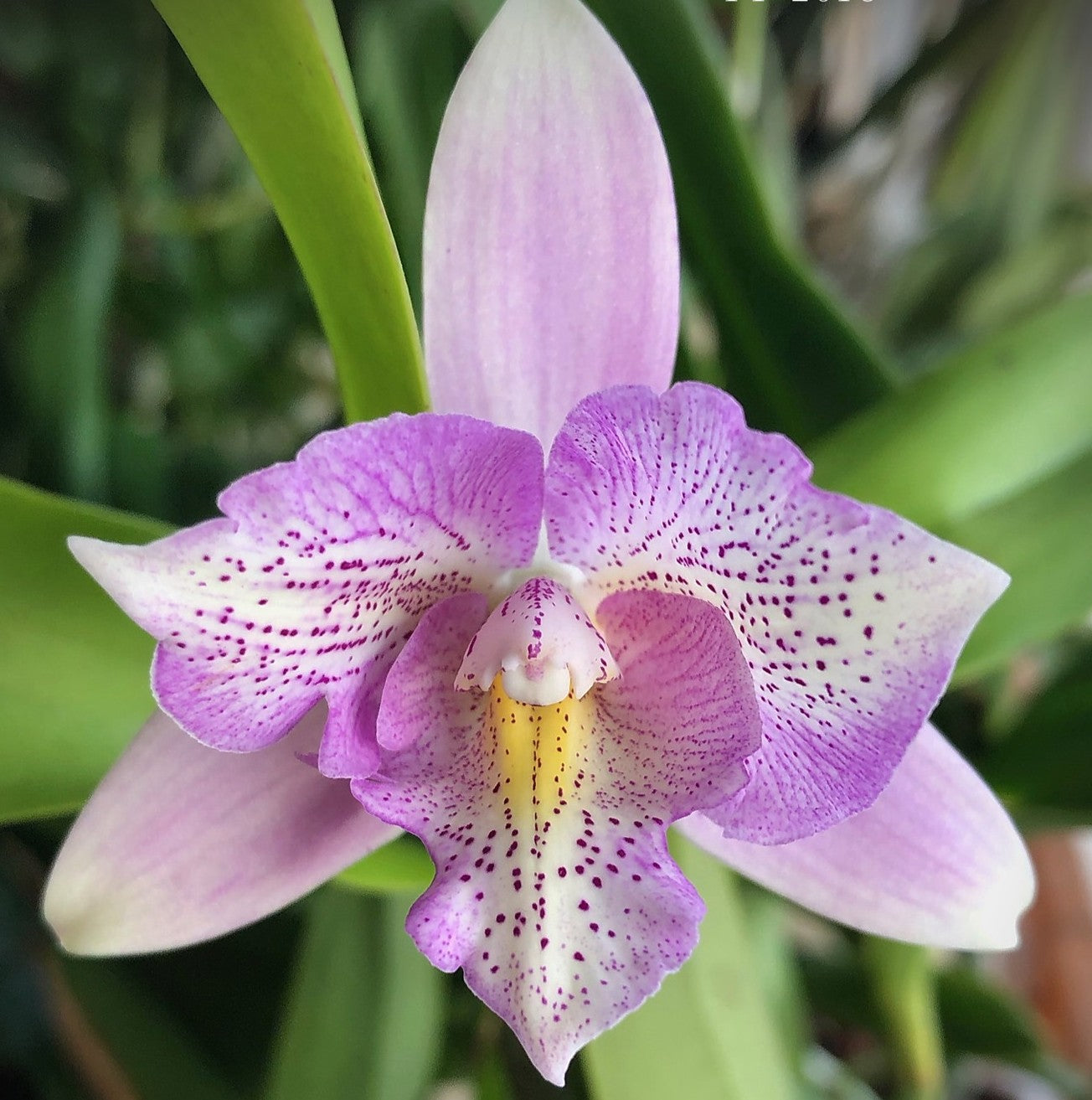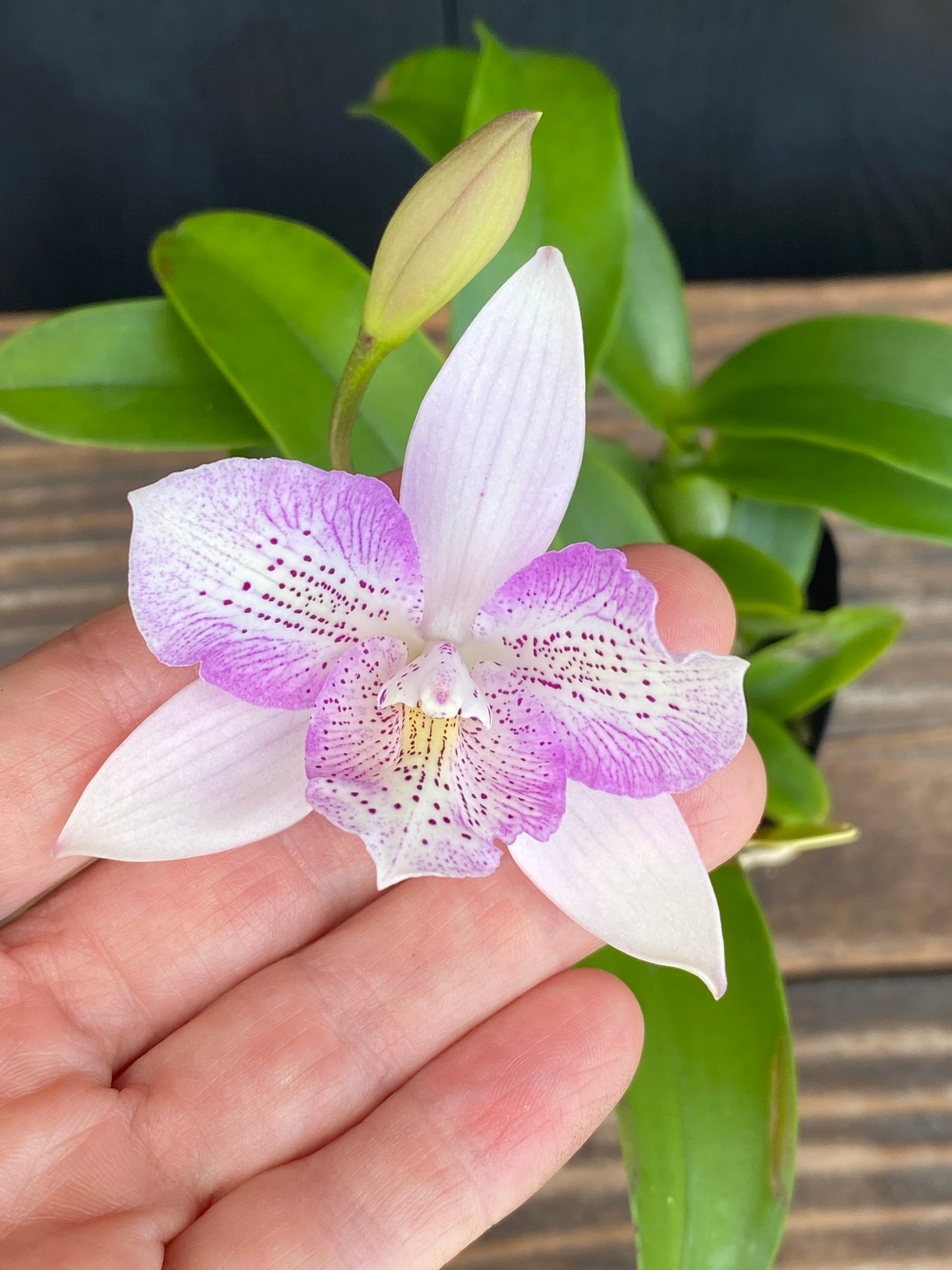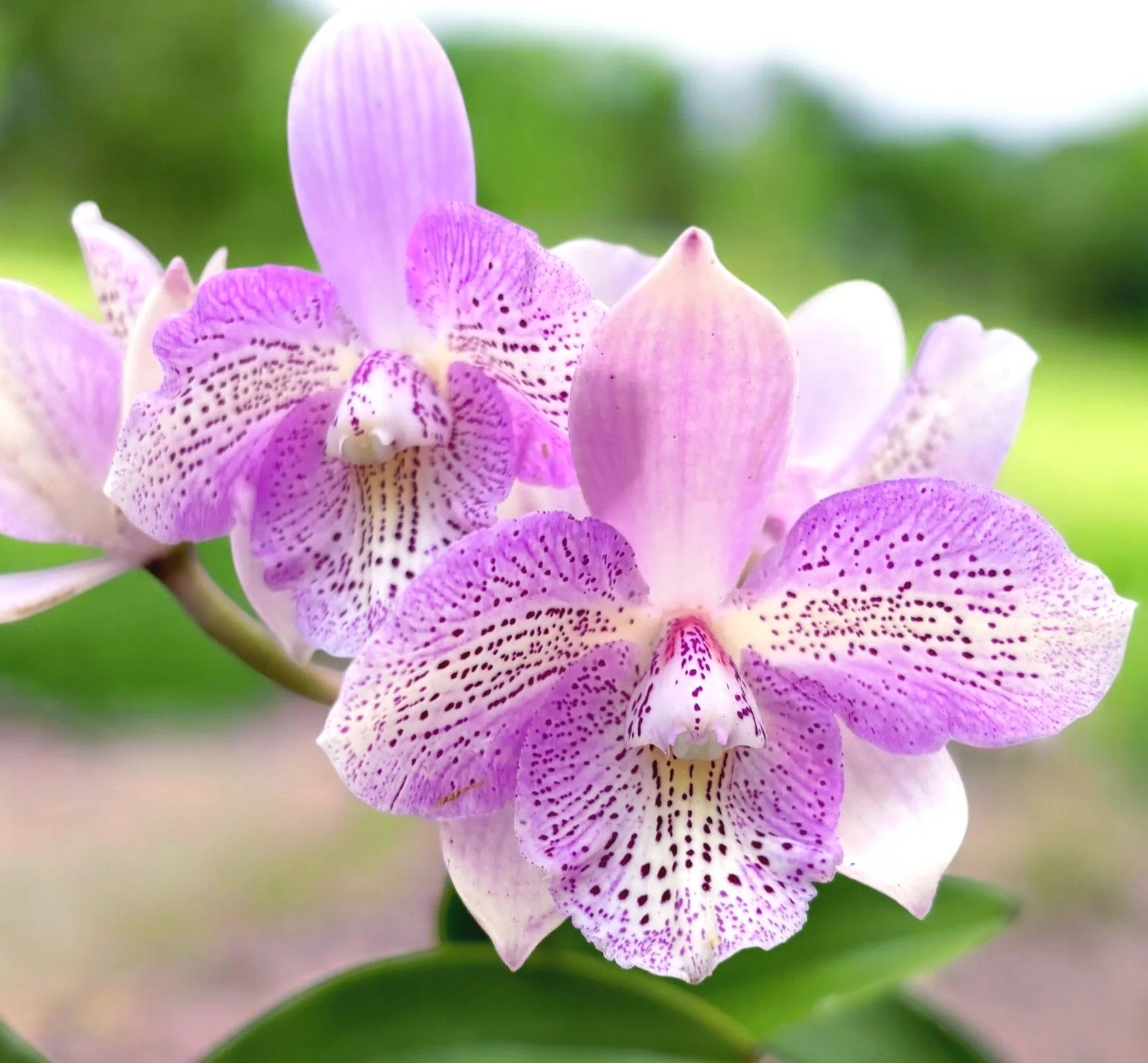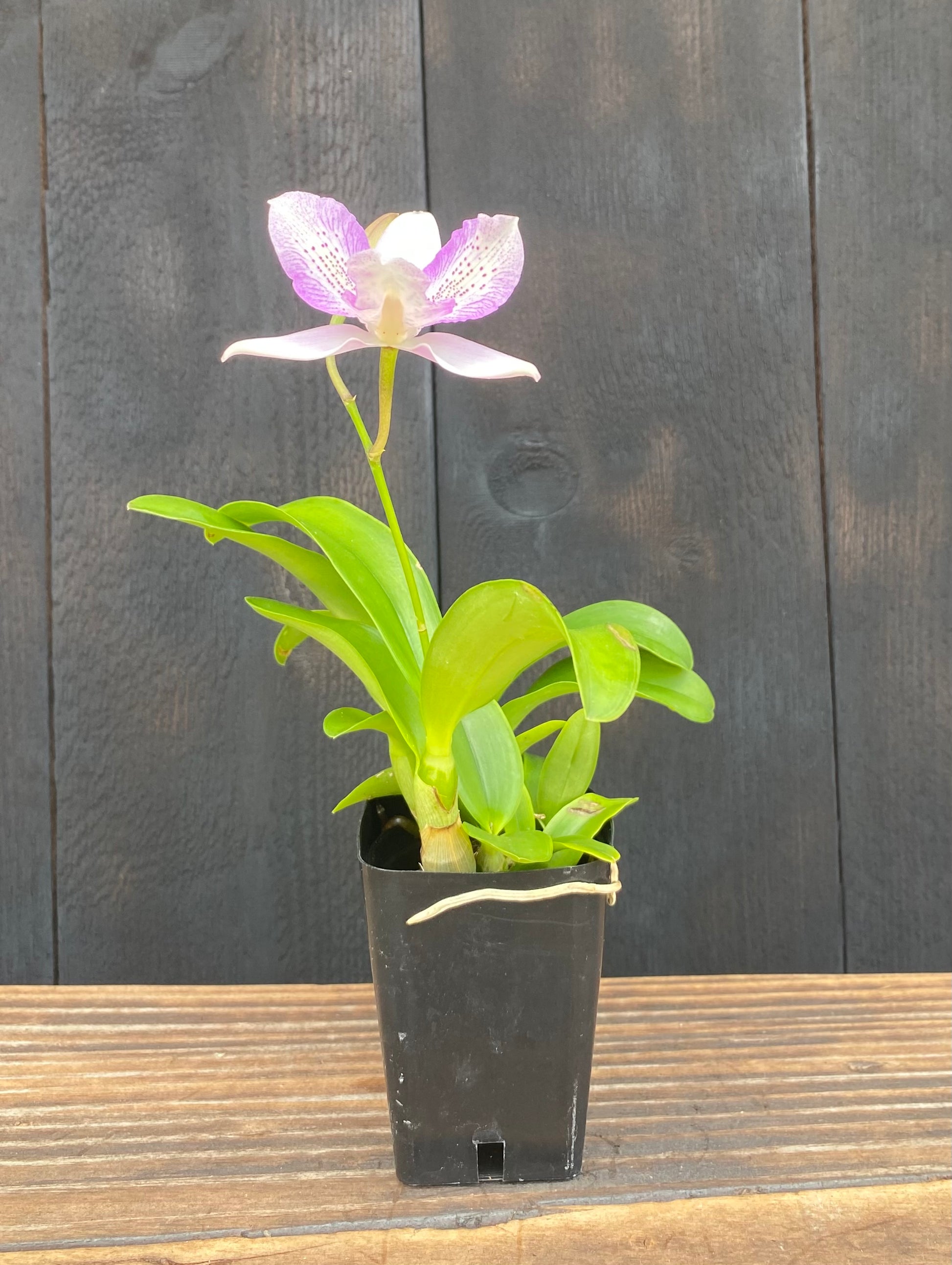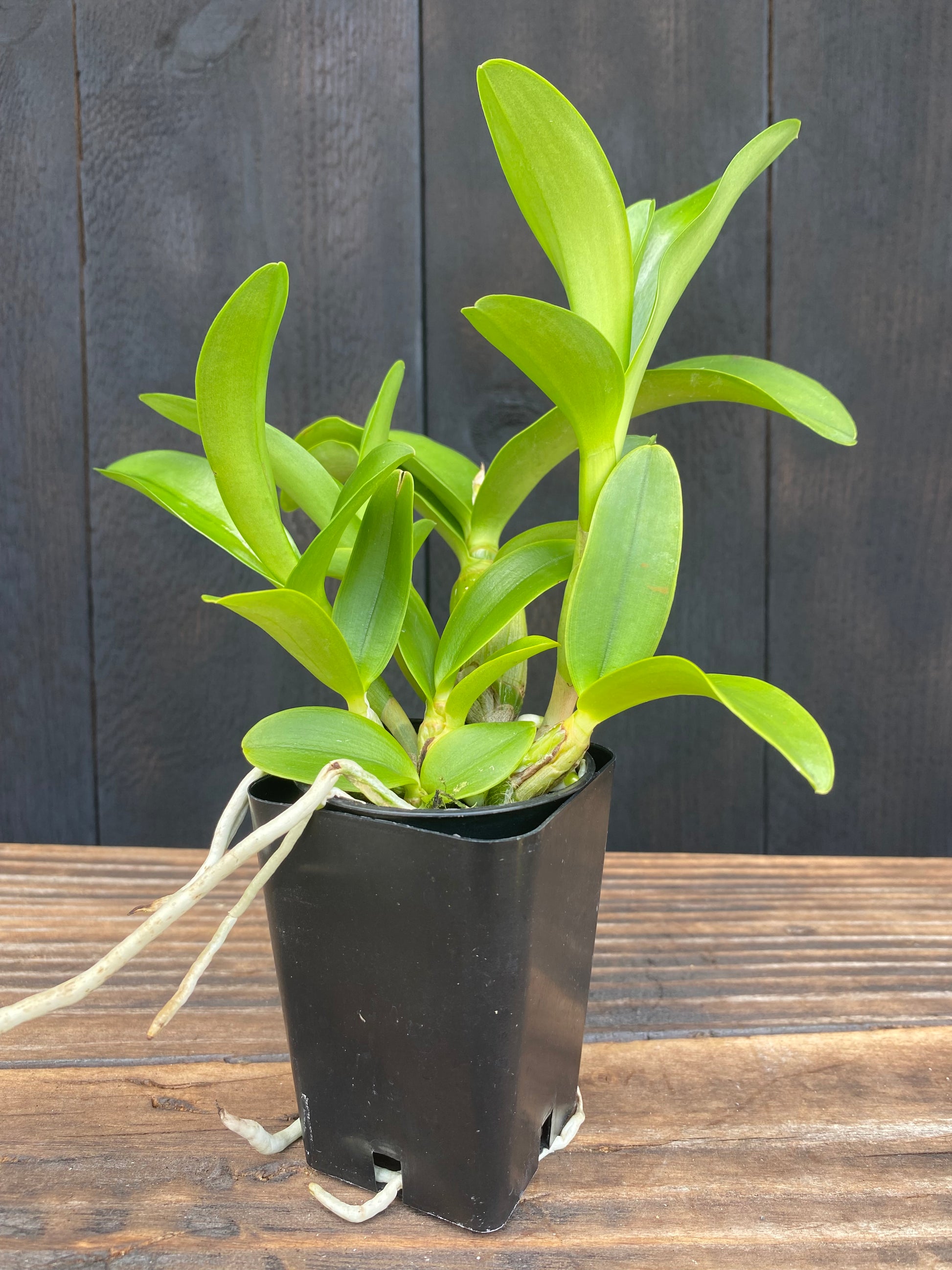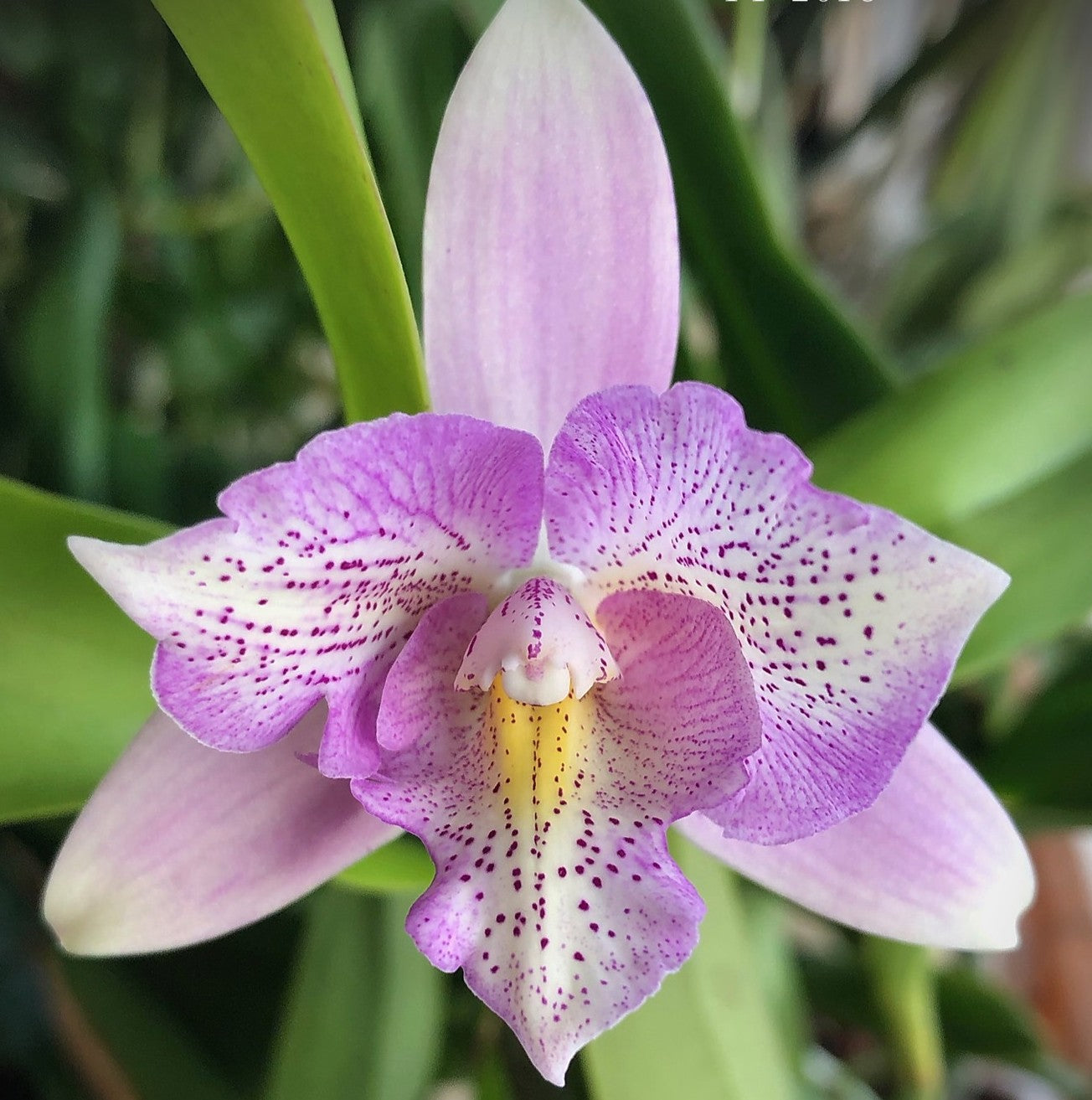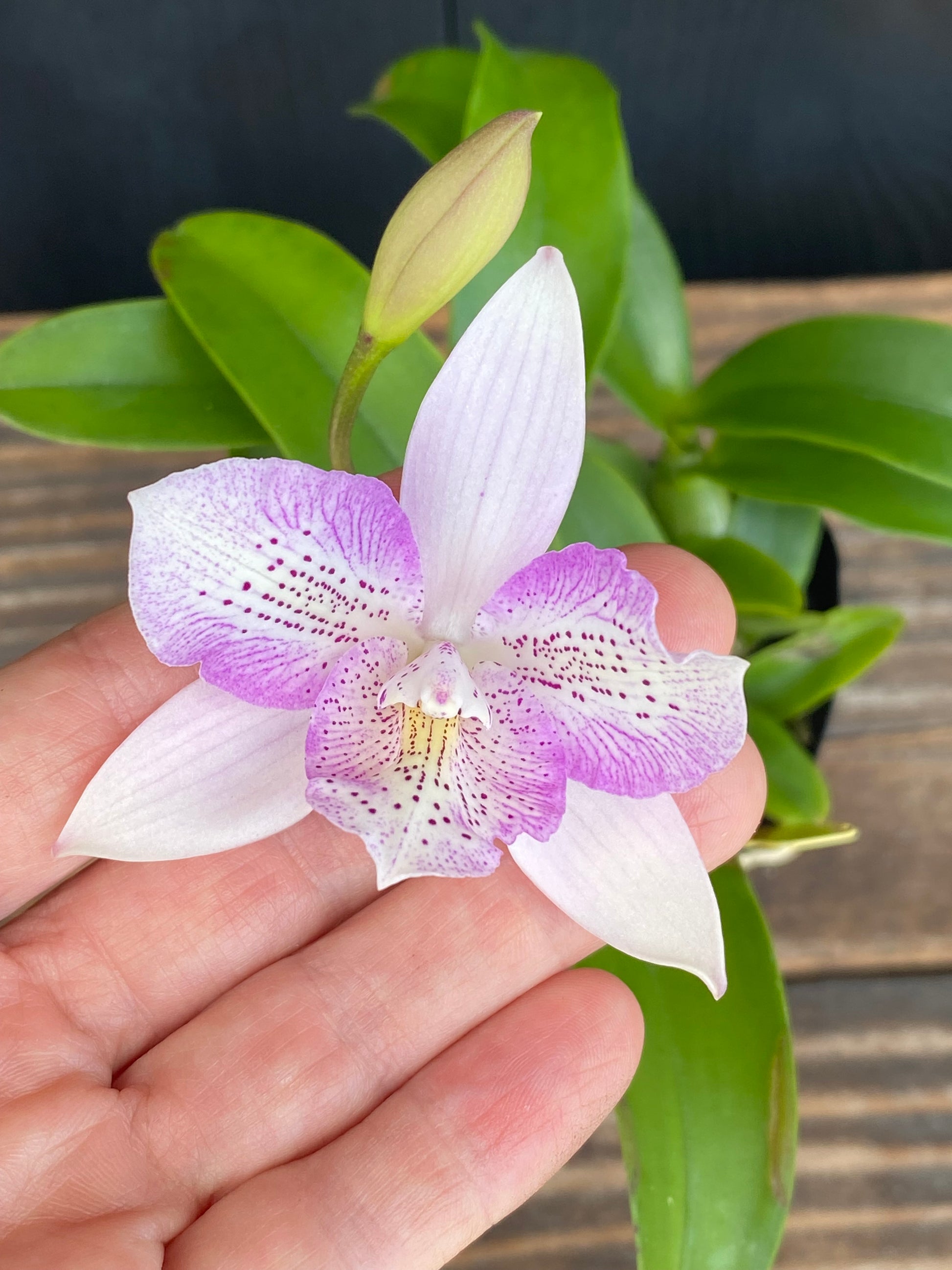Kalapana Orchid Farm
Caulocattleya Chantilly Lace 'Twinkle'
Caulocattleya Chantilly Lace 'Twinkle'
Couldn't load pickup availability
Here we have an interesting piece of orchid matchmaking. The name Caulocattleya tells you right away that this is an intergeneric hybrid, a cross between two different, though related, genera: Cattleya and Caularthron. The result is an orchid that’s both beautiful and a bit of a charming oddball.
The name Chantilly Lace 'Twinkle' is a perfect description. Let's look at the parents to see why. One parent is Cattleya eldorado 'Splash', a classic beauty from the sweltering lowlands of the Amazon. It’s famous for its intoxicating fragrance and lovely lilac-pink flowers that have a stunning lip painted with gold and purple. The 'Splash' in its name means that color from the lip is flared onto the petal tips.
The other parent, Caularthron bicornutum, is a quirky and fascinating species from the windy coasts of the Caribbean and South America. It's often called the Virgin Orchid. It produces clusters of crystalline, star-shaped, pure white flowers that are held upside-down. The plant itself has very distinct, hollow, horn-shaped pseudobulbs which, in the wild, often house colonies of ants for protection, a clever evolutionary trick.
When you cross these two, you get Caulocattleya Chantilly Lace. The 'Twinkle' cultivar captures the best of this pairing. The flowers inherit that wonderful crystalline texture from the Caularthron, giving them a sparkling, sugary appearance in the light. The color is a delicate blend—a base of white to blush pink with subtle flares of darker pink on the petals, a ghost of the 'Splash' parent. The lip is where you see the most color, usually with a bright yellow throat and magenta markings. The flowers are star-shaped, about 3-4 in. across, and held in beautiful clusters. And yes, it thankfully inherited the wonderful, sweet fragrance from its Cattleya parent.
The plant's structure is a conversation piece. The pseudobulbs are a perfect mix of the two parents: elongated and swollen, but not as hollow or pronounced as the Caularthron. It’s a hardy and vigorous grower. With a summer-blooming parent and a frequent-blooming one, this hybrid tends to be a reliable performer often right on cue for the end of August.
Care Instructions
Light: Provide bright, filtered light. It thrives in conditions suitable for standard cattleyas but appreciates strong light levels. Direct morning sun is beneficial.
Water: This hybrid requires a distinct dry-down period between waterings. Water thoroughly, then allow the potting medium to dry completely. Its parentage from both seasonally dry forests and windy coastal areas makes it very susceptible to root rot if kept constantly moist.
Temperature: Intermediate to warm conditions are ideal. This is a heat-tolerant orchid that prefers temperatures between 65-90°F.
Humidity: Moderate humidity in the 50-70% range is best. This must be accompanied by excellent air circulation to mimic the breezy conditions of its ancestors.
Potting Medium: An exceptionally coarse and airy mix is required. Use large-grade fir bark, lava rock (cinder), and charcoal. Mounting on cork or tree fern, or growing in a slatted basket, are excellent options to ensure the roots dry quickly.
Currently available in blooming size only. Grown in 3" pots, and ready to be up-potted!
Share
